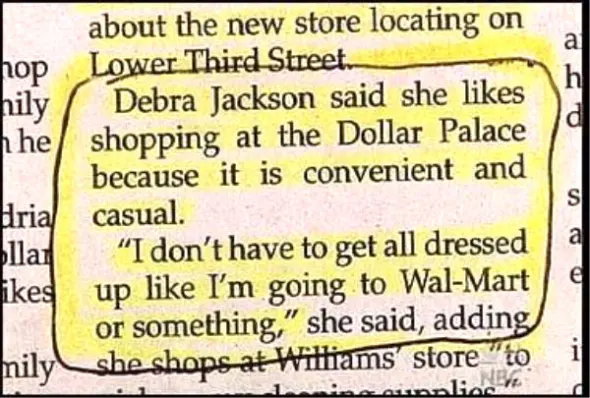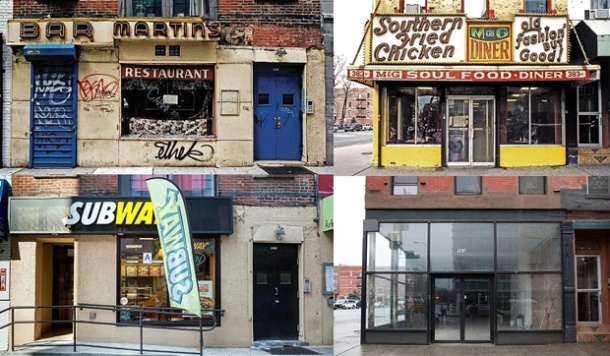
Have you ever people watched? I mean, not everyone does it for fun (*raises hand* guilty), but you know how it goes. You’ve been walking around all day, and you finally spot the first bench you’ve seen in 20 minutes. Relief is in sight! You make your way over to the seat, and you make yourself comfortable. You let out a sigh that’s half exhaustion and half relief. Once you’re all comfortable, you start to notice everyone walking around you. You see a lady pushing her fussy toddler in a stroller, a man who could easily be Hulk Hogan’s body double, and an elderly man who gingerly makes his way forward using his cane. (It’s amazing what you start to notice when your eyes aren’t glued to the screen of your phone every time you’re bored in public. Don’t lie, we all do it.)
I thought about this whole people-watching concept, and then I realized how relevant it is to Simmel’s 3 assumptions about the individual and society. Just to recap, they are:
- Individuals are both within and outside society.
- Individuals are both objects and subjects within networks of communicative interaction
- Individuals have the impulse to be self-fulfilling and self-completing, that is, they seek an integrated self-concept.
When we look at people around us, we have the power to decide what is deemed acceptable and what is considered deviant. Now, deviance is relative. What may be seen as deviant in one setting may be the norm in another. As for me, I love wearing Jordans. They’re comfortable shoes, and they look cool. More importantly, I feel cool when I wear them. If I wear them at QC, I sometimes get compliments on them. If I wear them in my 98% Caucasian neighborhood, I’m bound to get some strange, sideways looks. Apparently, I missed the memo that white girls aren’t allowed to wear certain sneakers.
If you’ve never been to http://www.peopleofwalmart.com before, you’re welcome. You’ve never really people-watched unless you’ve been to Walmart, let’s be honest. When we people-watch, these Walmart shoppers are the objects and subjects. Unfortunately, some of them are the object of cringe-worthy reactions, but they are also the subject of our attention. Adversely, we also become the subject of someone’s attention when we least expect it. And whether we like it or not, you’re bound to spot that Abercrombie model look-a-like as you’re stuffing an Auntie Anne’s pretzel into your mouth. We all have our moments. Shrug it off.
With all of these ads that are posted in the mall, it’s hard not to feel pressured. Vendors at those little kiosks try to come up to you and say, “Wear this! You’ll look sexy!” “Spray this perfume! We promise you won’t smell like your Great Aunt Nancy!” (<–Okay, so that one was a stretch, but you get the point.) We are constantly looking to improve upon ourselves by buying the latest technologies, following the latest fashion trends, and learning how to make those puke-colored green smoothies that everyone raves about. I mean, do you know how many self-help books are out there? A LOT. We are a society that constantly strives for perfection, and just when we think we’re satisfied, BOOM! Apple comes out with a brand new iPhone. Suddenly, your “smart” phone starts looking like it came off the set of “Saved By the Bell.” The truth is, we’ll never truly be happy unless we stop trying to use the money we don’t have to buy the things we don’t need in order to impress people we don’t even like.
So. The next time you go to the mall, I encourage you to sit down, put your phone in your pocket, and look at people. I mean, really look at people. We are all misfits in one way or another, so we shouldn’t be so quick to judge. Perhaps that mother with the baby was once an Olympic swimmer. Maybe that body builder has a soft spot for his miniature poodle, Fifi. And maybe that elderly gentleman injured his leg when he fought for our country. Who knows? Maybe it’s not individual vs. society, but rather the individual vs self. So let’s be nice to ourselves, and let’s be understanding of others. Everyone’s just trying to get by. So let’s grab a hot Auntie Anne’s pretzel and call it a day. We all deserve it.
Treat yo’ self.




You must be logged in to post a comment.